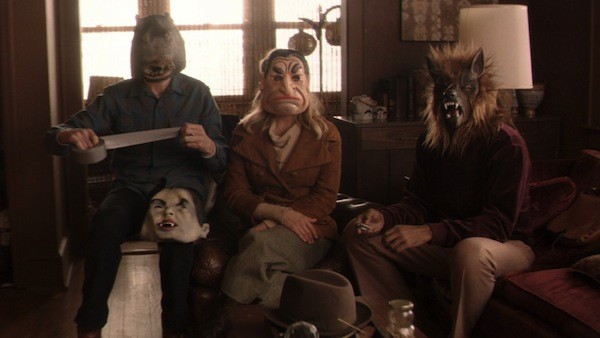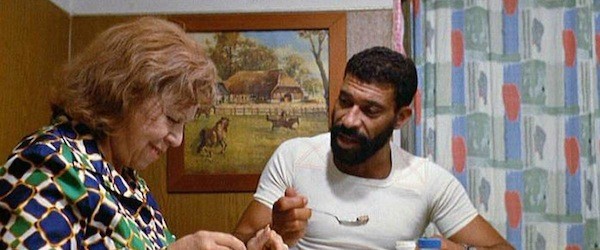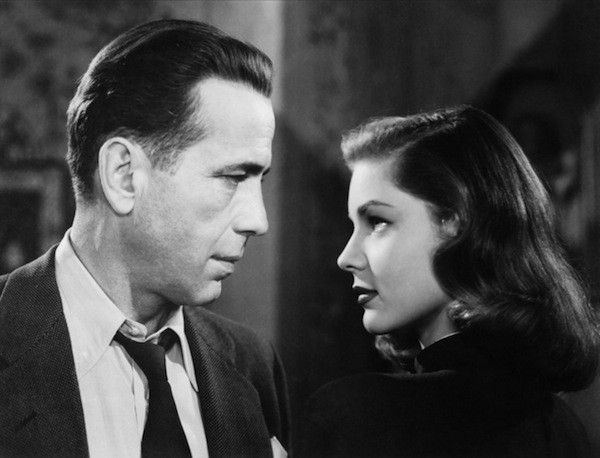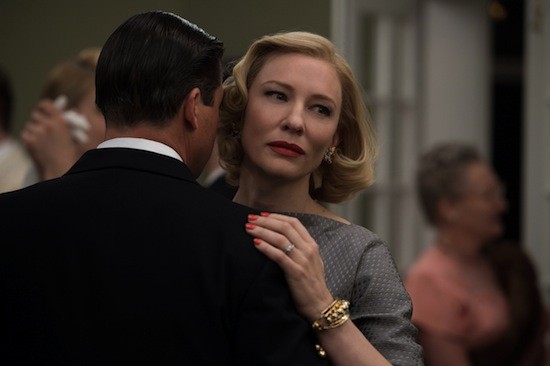[Ed Note: Flyer film writer Addison Engleking’s popular Summer Film Journal series will now appear monthly, regardless of season.]

Kumiko, The Treasure Hunter (2014, dir. David Zellner)—At first, the Zellner brothers’ third feature plays like a black-comic refurbishing of a J-horror film; it’s thick with urban alienation, mental instability and menacing analog technology. It follows Kumiko, a lonely Japanese office girl (Pacific Rim’s Rinko Kikuchi) who withdraws from society to spend her days re-watching a mysterious VHS tape she discovered in a cave near the sea. Then things get interesting. The tape is a badly worn copy of Joel and Ethan Coen’s 1996 hit film Fargo, and Kumiko’s obsession with it inspires her to visit Minnesota and attempt to recover the briefcase full of money Steve Buscemi’s character buried in the snow near a barbed-wire fence. Kumiko’s grasp of time and weather may be beyond rudimentary, but she’s never painted as a buffoon. And the Zellners’ treatment of the Midwestern do-gooders she meets is far less cartoonish and the Coens; in fact, the befuddled generosity of frontier ladies, county sheriffs and deaf cab drivers enhance the film’s coagulative sense of tragedy. It’s hardly surprising when the line between reality and fantasy starts blurring once Kumiko finds herself in America, but her cry near the end of the film (“It’s…not…fake!”) will ring in the ears of everyone who loves art and make-believe a little too much. How about that—a footnote that supersedes the text it appears to be annotating. Grade: A-
[jump]

Life of Crime (2014; dir. Daniel Shechter)—A relaxed, meandering dispatch from Elmore Leonard’s chilly, laid-back Detroit underworld, Life of Crime looks at the early days of Ordell Roby (yasiin bey, a.k.a. Mos Def) and Louis Gara (John Hawkes), two thugs whose names might be familiar to moviegoers who remember all the trouble their older counterparts caused in Jackie Brown…which was released 17 years ago. Shechter’s adaptation of Leonard’s The Switch is not a career pinnacle like Tarantino’s take on Rum Punch, but it is an easygoing piece of work that’s content to hang back and watch slippery people as they figure out the kind of messes they’ve gotten themselves into. It should go without saying that Ordell and Louis’ half-baked caper goes south quickly; Leonard’s world is light on criminal masterminds and heavy on people who don’t think very far ahead. That’s particularly true for Mark Boone Junior’s peeping-Tom neo-Nazi, who gets his comeuppance when he tries to spy on a bottle-blonde hostage played by none other than Jennifer Aniston. Grade: B+

Frank (2014; dir. Lenny Abrahamson)—Frank is based on English journalist Jon Ronson’s Guardian article-turned-tiny-book about his time with musician Frank Sidebottom, a bandleader who liked to perform while wearing a gigantic papier-mache head. Rather than point and stare at how weird Frank’s attire is, though, Abrahamson’s film uses its subject’s remarkable expressive disguise as an objective correlative for larger ideas about art as therapy, art for art’s sake, and artists who simply aren’t equipped to get some credit in the straight world. As Frank, Michael Fassbender is gentle, spry and damaged; Maggie Gyllenhaal is bracingly, thrillingly mean as his guardian, collaborator and confidante. And Stephen Rennick’s music is loud and plodding and good enough—the closing number is a real earworm—to justify South By Southwest’s decision to offer Frank’s unpronounceable band a gig. Grade: A-

Ali: Fear Eats The Soul (1974; dir. Rainer Werner Fassbinder)—This stiff and stilted but touching and potent exploration of forbidden romance, xenophobia and the post-WWII German workforce was Fassbinder’s first international success. It’s a crude, efficient updating of American melodramas from the 1950s that’s stylish enough to revive the expressive use of vivid color and female fashion and canny enough to add some lumpy, real-people T&A to its romantic entanglements. If you know any conversational German, you’ll appreciate Moroccan guest worker Ali’s (El Hedi Ben Salem) language struggles, which are a miniature version of the cross-cultural misunderstandings that threaten his romance with 60 year-old Emmi (Brigitte Mira). Still, Ali gets his ideas across, and the film’s title comes from his slightly battered translation of a Moroccan proverb. The May-December romance that unfolds isn’t as shocking anymore, but Fassbinder’s forthright recognition of female desire is: in one scene, Emmi looks in on her ripped, naked husband taking a shower and tells him how beautiful he is. That’s the power of the little scene: unless she gets moments like those, the ensuing social conflicts don’t matter. Criterion just re-released Ali: Fear Eats The Soul in a glorious Blu-Ray package on Tuesday, but I saw an excellent 35 millimeter print in a tiny theater a couple of weeks ago. So I’ve got that going for me. Grade: A

The Big Sleep (1946; dir. Howard Hawks)—This Raymond Chandler adaptation (with assistance from co-screenwriters William Faulkner and Leigh Brackett) should have been retitled Philip Marlowe’s City of Women. Seriously, every girl private dick Marlowe (Humphrey Bogart) meets, from every walk of life—cigarette girl, bookstore employee, cab driver—throws herself in his general direction; watching his crooked-smile deflections are part of this film noir’s flirty genius. But there’s only one dame for him, and that’s Vivian Rutledge, the one with the low voice who kisses him in the backseat and says “I like that. I’d like more.” (Since Rutledge is played by 22-year-old Lauren Bacall, can anyone blame him?) This murky, bifurcated film noir succeeds even though it shouldn’t, because, as Manny Farber once wrote, it “ignores all the conventions of a gangster film to feast on meaningless business and witty asides.” You’ve got to have either serious balls or serious problems to take a swing at a major Howard Hawks picture like this one, which doubles as an convincing argument for narrative cinema as a no-sweat gathering of pretty people doing interesting things. It’s also the story of a relationship, from “Step into my boudoir” to “Go ahead and scratch” to “Get a knife and cut these ropes.” Grade: A+





